Rodin, Ups & Downs
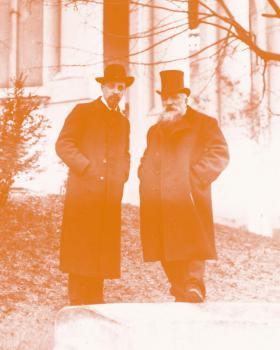
It was Rilke who introduced me to the Hôtel Biron in 1908. He was also my secretary; our relationship was unusual, sometimes difficult. He wrote some beautiful lines about my art, but I didn’t recognize the great poet’s true worth when he was at my side.
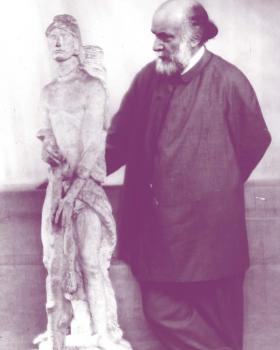
Antoine Bourdelle was a devoted assistant who worked his way up to become a marble carver in my studio. I was a witness at his wedding, but we grew apart after his divorce in 1910. His passion was different from mine, he was both a sculptor and a poet.
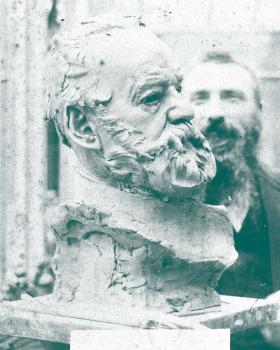
I was a great admirer of Hugo, whose books were in my library. Once, during a meal in his company, I surreptitiously sketched him from every angle because he wouldn’t pose for his bust! I used the bust later to make his monument.
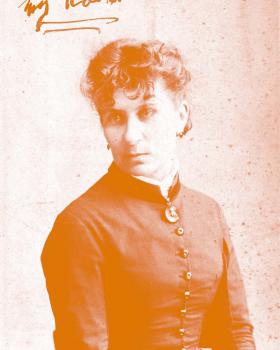
Rose was truly heaven sent to be by my side! Dear Rose, my companion from the start… She suffered from my infidelity but I was loyal to her, she was my lifelong partner. I eventually married her in January 1917, just three weeks before her death.
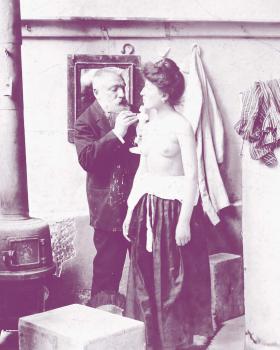
I used to let my models wander naked around my studio. Seeing them like that made me familiar with their every movement. I particularly remember Adele and Anna, two Italian sisters, a blonde and a brunette, both perfect in totally different ways.
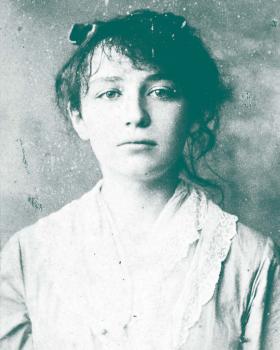
She joined my studio at the age of 17 as my pupil, assistant and muse – and soon became my mistress. I was drawn to her fiery temperament and outstanding talent. I called on her all the time, consulted her about everything. She was my ferocious friend!
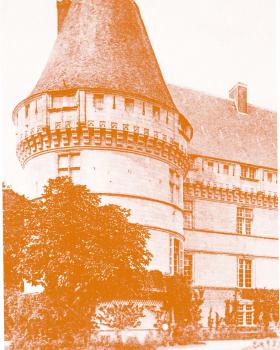
Camille wrote to me from the Château de l’Islette, asking me to buy her a bathing suit so that she could swim in the river. I loved to join her there, we were so happy in our secret place.

I was a laborer. The rough hands you see here spoiled the plaster. I kept the habits of a stonemason from my days as an apprentice. I was like the Renaissance artists, who were craftsmen rather than fine gentlemen.
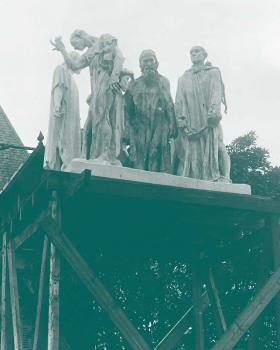
The city of Calais commissioned me to sculpt the figure of a burgher; I proposed six sculptures. What interested me most was the expression of their suffering. I wanted the figures to impact viewers, to draw them into each personal drama.
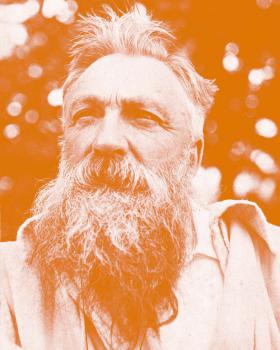
I had no fixed way of working, nature was my only guide. I did what interested me, when it suited me. Art was pleasure: an effort, but not a constraint.
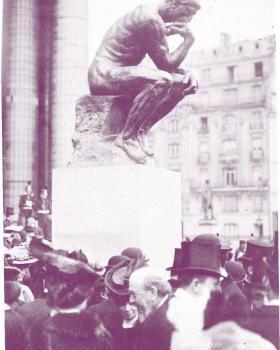
My statue of The Thinker was placed in the neighborhood where I grew up, in front of the Panthéon, thanks to a subscription organized by the people of Paris. Described by some as a “gorilla” and “an enormous brute,” The Thinker came to be seen as the incarnation of human thought.
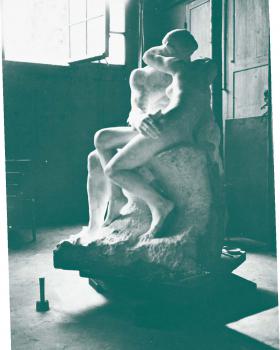
Many of my works were misunderstood, but The Kiss was an immediate success with the public. Yet I intended my art to express the spectrum of emotions, from the heights of ecstasy to the depths of agony.

